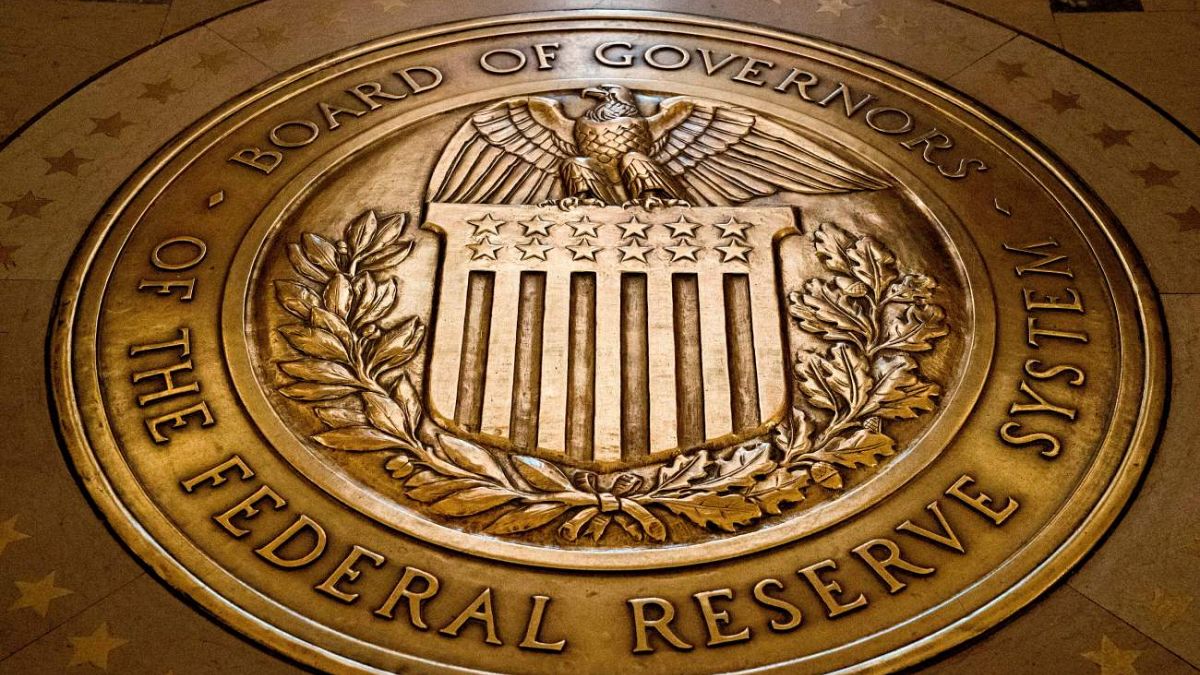Breaking News: The Fed's Interest Rate Decision for 2025 - What You Need to Know!
Yayınlanma Tarihi: 1/30/2025, 6:37:16 AM
1. On January 29, 2025, the Federal Reserve's Federal Open Market Committee (FOMC) decided to keep interest rates steady at a range of 4.25% to 4.50%.
2. Fed Chairman Jerome Powell stated that more robust data on inflation and employment is needed before considering future shifts in interest rates.
3. The decision to maintain the current rate aligns with market expectations amid growing economic uncertainties related to former President Donald Trump's policies.
4. The Fed's cautious approach reflects pressure from Trump and other economic advisors to reduce rates further.
5. Powell emphasized the evaluation of current inflation trends and labor market conditions, noting a "solid" job market.
6. The Fed's stabilization is expected to reduce volatility in financial markets, with potential rate cuts still possible later in the year.
7. The next FOMC meeting is scheduled for March 18-19, 2025.
8. Economists project a 96% probability of a 25 basis point cut in June 2025 if inflation continues to ease and economic indicators align.
9. Powell's remarks highlighted that political factors, including Trump's economic strategies, can influence the Fed's decision-making.
10. Throughout 2024, the Fed managed interest rates by either holding them steady or subtly decreasing them to combat inflation risks.
11. Homeowners are advised to analyze refinancing options against current fixed rates, while investors are encouraged to keep liquid for future opportunities.
12. The opening FOMC meeting of 2025 resulted in a steady-interest outcome, reflecting caution amid a complex economic backdrop.
The world of finance holds its breath every time the Federal Reserve (Fed) announces its interest rate decisions, and as we enter 2025, the stakes have never been higher. On January 29, 2025, the Fed's Federal Open Market Committee (FOMC) met, and the outcome could significantly impact global economic dynamics. Investors, consumers, and policymakers are all keenly observing, and you won’t want to miss the critical insights behind this pivotal decision!
What's the Buzz? The January Decision Unveiled
On January 29, after much anticipation, the Fed decided to keep the interest rates steady, maintaining them in the range of 4.25% to 4.50%. Fed Chairman Jerome Powell indicated that the committee requires more robust data on inflation and employment before considering any future shifts. Interestingly, this decision aligns with market expectations, which were bracing for stasis amid growing economic uncertainties—most notably surrounding the policies of former President Donald Trump.
Why Did the Fed Hold the Rate Steady?
Despite pressure from Trump and other economic advisors to reduce rates further, the decision to maintain the current rate showcases the Fed's cautious approach to a turbulent macroeconomic environment. The commentary from Powell emphasized the need to evaluate current inflation trends and labor market conditions, highlighting a "solid" job market that underpins this steady interest rate policy.
But hold on! What does this mean for you? Whether you're a homeowner eyeing new mortgage rates, a potential investor, or just someone wanting to stay informed, understanding these implications is crucial. The Fed’s stabilization is expected to reduce volatility in the financial markets—yet, potential rate cuts later in the year are still on the table!
The Year Ahead: What’s Next for Interest Rates?
Mark your calendars! Looking ahead, the Fed has lined up several key meetings throughout 2025, with the next one scheduled for March 18-19. Economists are projecting a 96% probability of a 25 basis point cut in June. If inflation continues to ease and economic indicators align, this decision could prompt significant movements across various sectors. Will your savings accounts be benefiting from these fluctuations? Or will loan rates dip? Stay tuned!
The Impact of Politics on Monetary Policy
What you may not be aware of is how political winds can influence the Fed’s decision-making. Powell's remarks on uncertainty surrounding federal policies, including Trump's economic strategies, underscore a pivotal point: political maneuvering can have direct ramifications on monetary decisions! As we navigate through 2025 and beyond, keep an eye on the evolving landscape of U.S. politics and its possible effects on your financial future.
A Look Back: The Path Leading Here
It's essential to understand that the Fed's choice stems from a series of decisions made throughout 2024, where rates were either held steady or subtly decreased. Last year, they proactively managed interest rates to combat the inflations risks—successively cutting them three times from early reports suggesting they might need to be more aggressive. The back-and-forth approach indicates that while the economic landscape brightens, the Fed remains vigilant.
What Should Your Strategy Be?
You might be pondering, "What should I do now?" Given the current interest rates:
- For Homeowners: If you consider refinancing your mortgage, now is a critical time to analyze your options against the current fixed rates.
- Investors: Keeping liquid can allow you to capitalize on future investment opportunities that likely arise from shifts in monetary policy.
Conclusion: Stay Informed and Empowered
The opening FOMC meeting of 2025 has yielded a steady-interest outcome—a decision emblematic of caution amid a complex economic backdrop. The Fed's ongoing assessments will continue to reverberate throughout the financial sectors, influencing everything from your mortgage payments to the performance of the stock market.
What’s your next move? Knowledge is power, so subscribe for more updates, insights, and comprehensive analyses about the ever-evolving world of interest rates and economic policy. The financial landscape may be shifting, but with the right information, you can navigate these changes adeptly!
Stay informed, stay empowered, and don’t forget: the next FOMC meeting is just around the corner!